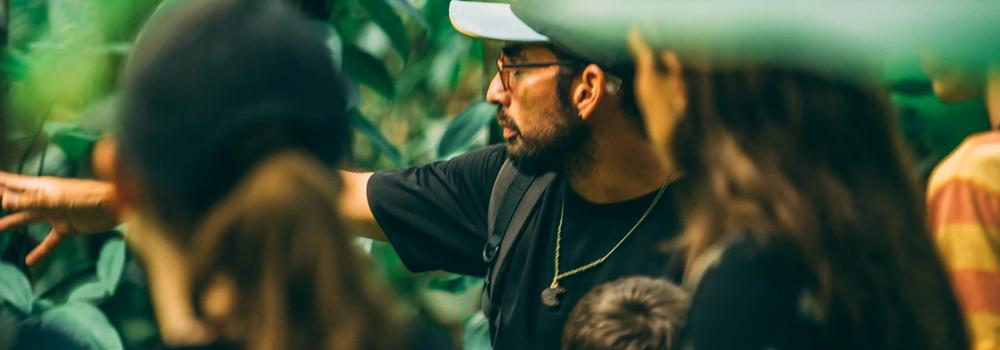Published June-17-2025
6 Expert Tips for Birding in Panama’s Green Season (And Why It’s Underrated)
Panama is the bridge between two continents, separating two great oceans, creating its own world of micro-climates. While the old belief that December-May is the dry season, may hold some truth on the Pacific Slope, is simply a misnomer for the Caribbean side of Panamá. During September and October, the weather in Bocas del Toro is the best of the year. A calm Caribbean Sea, cool seasonal trade winds, and less rainfall are the norm, making the conditions for viewing wildlife above or below the water ideal. This time of year also coincides with the fall migration of songbirds, shorebirds, and raptors, who come through Panamá by tens of millions, creating one of the most spectacular avian migrations on earth. Wet season in Bocas del Toro generally falls July and August and November – January.
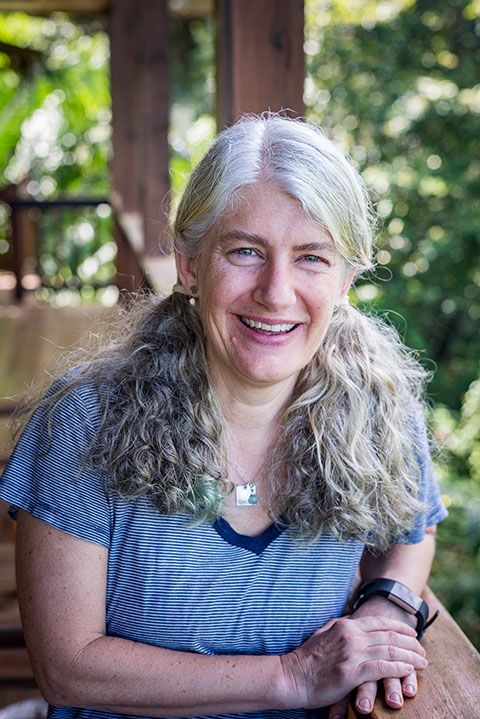
Renee
Owner/Operator at Tranquilo Bay Eco Adventure Lodge focusing on hospitality, hotel administration and volunteer efforts.
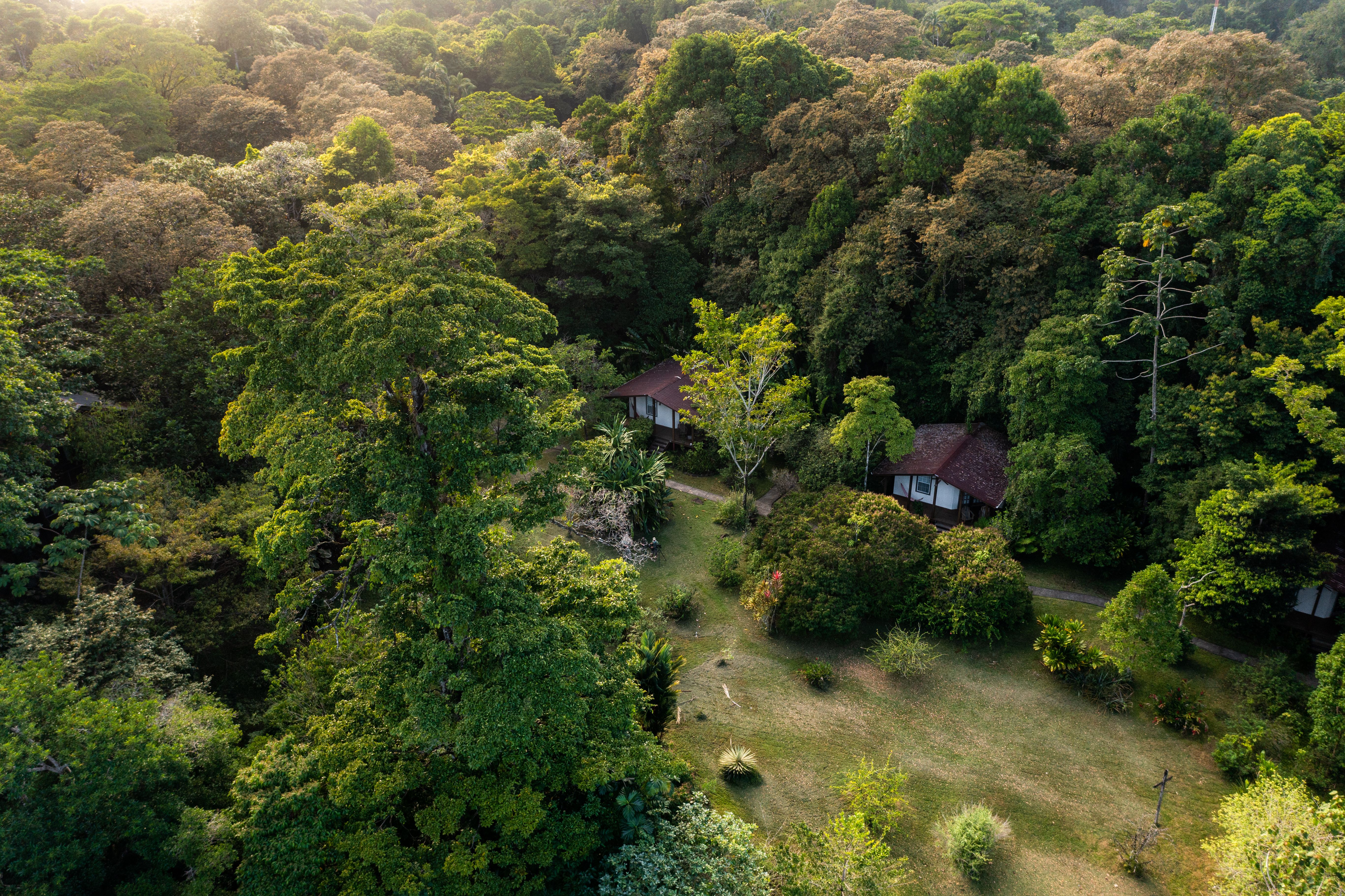
Why Panama’s Green Season Offers a Birding Experience You Don’t Want to Miss
Birding in Panama during the green season might sound like a challenge—but it’s actually one of the best times to spot rare behavior and active species. Think the rain will keep the birds away? It’s the opposite. The forests are alive, the air is fresh, and the birds are more vocal than ever.
This page will show you why Panama’s green season is underrated for birdwatching. You’ll learn six expert tips to help you enjoy better sightings, stay dry in the field, and make the most of this lush, vibrant time of year. Whether you’re visiting for the first time or coming back to add new species to your life list, these tips will help you bird smarter and travel better—rain or shine.
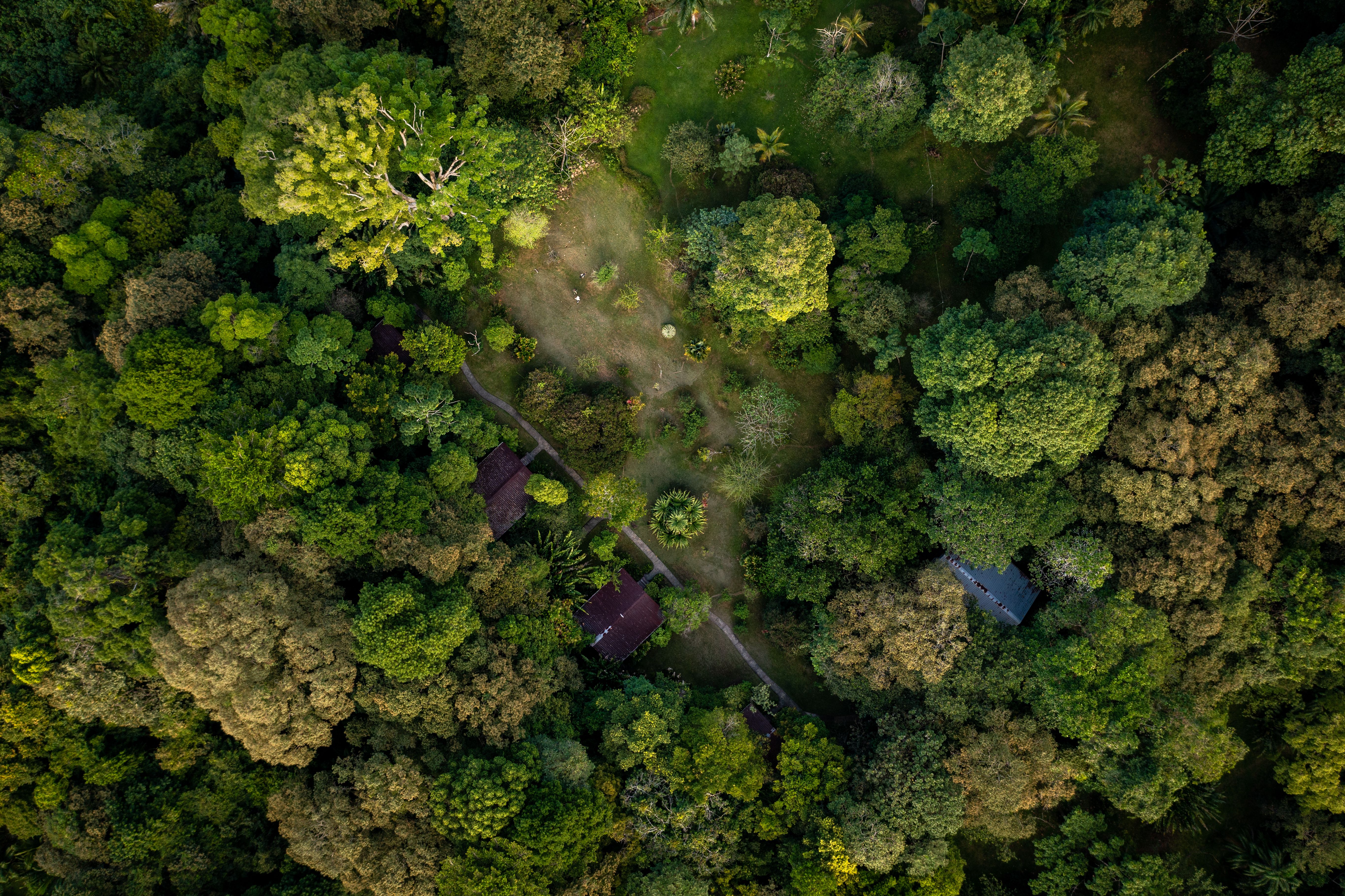
1. Embrace the Lush Landscapes
Panama’s wet season transforms the landscape into a living, breathing canvas of green. Rain brings life to the forests—trees burst with fresh leaves, flowers bloom, and fruiting trees attract birds in large numbers.
This surge in plant life isn’t just beautiful—it’s birding gold. Hummingbirds zip between blossoms, tanagers gather around fruiting branches, and forest floors echo with the calls of foraging ground birds. The vibrant greenery also makes it easier to track bird movement as contrast increases between colorful plumage and fresh foliage.
If you’re after dynamic bird activity, this is the season to visit. The forests are louder, more active, and full of life you can see, hear, and feel. Birders who visit during this time often report more intimate, up-close encounters with species that stay hidden in the drier months.
2. Optimal Bird Activity Times
Rainy days in Panama come with a surprising perk—birds love them. During the wet season, cooler temperatures and high humidity keep birds more active throughout the day. Unlike in the dry season, when heat drives them to rest, wet-season birds are busy feeding, singing, and moving.
The best times to watch birds? Early mornings after a night of rain, or just after a passing shower. These windows are when insect activity spikes, fruits ripen, and birds take full advantage of the feast.
Plan your outings around dawn and late afternoon. If a rainstorm rolls through mid-morning, that break in the weather often sparks a wave of activity. Keep your binoculars ready—some of the best sightings happen when the forest starts to dry.
3. Access to Diverse Habitats
In Bocas del Toro, kayaks and boats glide into mangroves and wetlands, giving you front-row seats to nesting herons, kingfishers, and jacanas. These rain-fed ecosystems burst with life, offering up close encounters.
Rain turns forest trails lush and alive, while riverbanks brim with activity. If you're after resident diversity, this is your moment.
4. Photography Opportunities
Don’t let a little rain stop you—Panama’s wet season creates some of the most stunning scenes for bird photography. The overcast skies offer soft, even lighting, which brings out rich colors without harsh shadows. Dew-covered leaves, misty canopies, and dramatic skies turn ordinary shots into magazine-worthy frames.
Birds are also more active and visible, especially after a rain shower when they come out to feed and preen. This means more chances to capture unique behavior and fresh plumage.
Quick Tips for Shooting in the Wet Season
Pack a waterproof camera cover or use a simple rain sleeve.
Store gear with silica gel to manage humidity.
Bring a microfiber cloth to wipe lenses—things get damp fast.
Rain might fall—but so do perfect photo ops.
5. Fewer Crowds, More Birds
Birding in Panama’s wet season comes with a big bonus—peace and quiet. With fewer tourists on the trails and boats, you’ll have more space, less noise, and better chances to spot elusive species without distractions.
Fewer people means less pressure on habitats and less competition for prime viewing spots. Whether you’re watching a manakin’s courtship dance or listening for the call of a motmot, you get to slow down and soak it all in.
Birds behave more naturally, too. With less human activity, they’re easier to observe and photograph up close. For birders who value connection over crowds, this is the season to come.
Pro tip: Many top guides are more available this time of year—making it easier to get personalized attention and deeper insights.
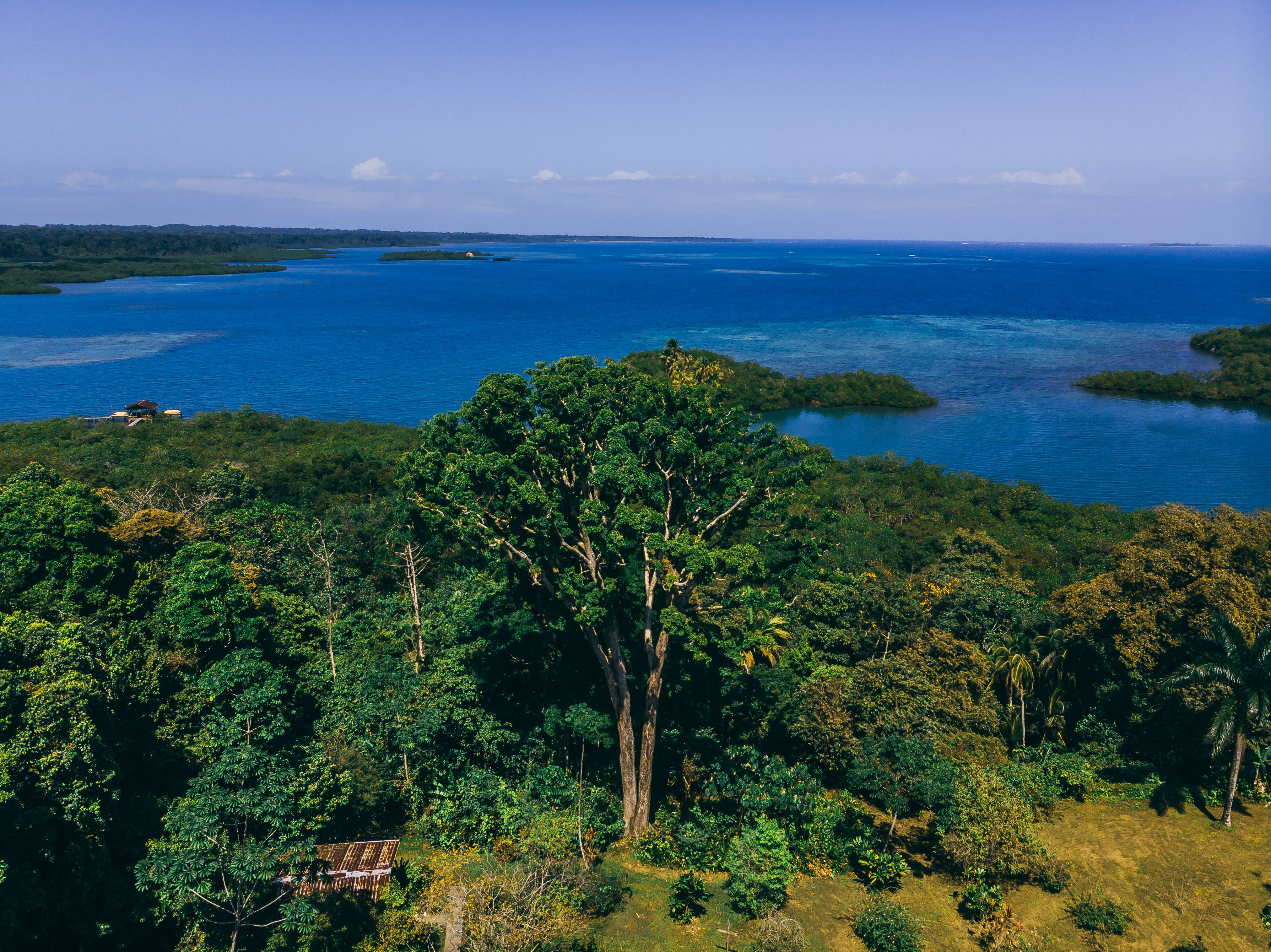
6. Supporting Conservation Efforts
Birding in Panama’s wet season isn’t just good for you—it’s good for the environment and local communities. When you visit during slower months, your stay helps provide steady income to guides, lodge staff, and eco-tourism programs that rely on year-round support.
This consistent flow of visitors keeps conservation projects funded and active, especially those protecting rainforest habitats and endangered species. Wet season travelers also help reduce the pressure of over-tourism during peak months, creating a more balanced and sustainable tourism model.
Your trip becomes more than a vacation—it becomes part of a bigger impact. Every tour booked, every night stayed, helps fund wildlife research, restoration, and education programs that protect Panama’s biodiversity for the future.
Why the Wet Season Might Be Your Best Birding Bet
Birding in Panama’s wet season offers more than just lush landscapes and rare sightings. It’s a chance to explore vibrant ecosystems when they’re alive—forests, active birds, dramatic skies, and fewer crowds. You’ll catch migratory species on the move, photograph wildlife in rich light, and enjoy a quieter, more intimate connection with nature.
If you’ve been waiting for the “right time” to visit Panama, consider the season most birders overlook. The wet season isn’t just underrated—it’s unforgettable. Start planning your birding adventure now and discover a side of Panama most travelers never get to see.
